Reading Time: 5 minutesCasting is one of the most common motions in fishing. While you can troll or drop a jig or weighted hook directly into the water, learning how to cast is essential. There are multiple reel types, with the style of cast fishing varying between surf, spring, and baitcasters. Meanwhile, fly fishing is also another type of casting altogether!
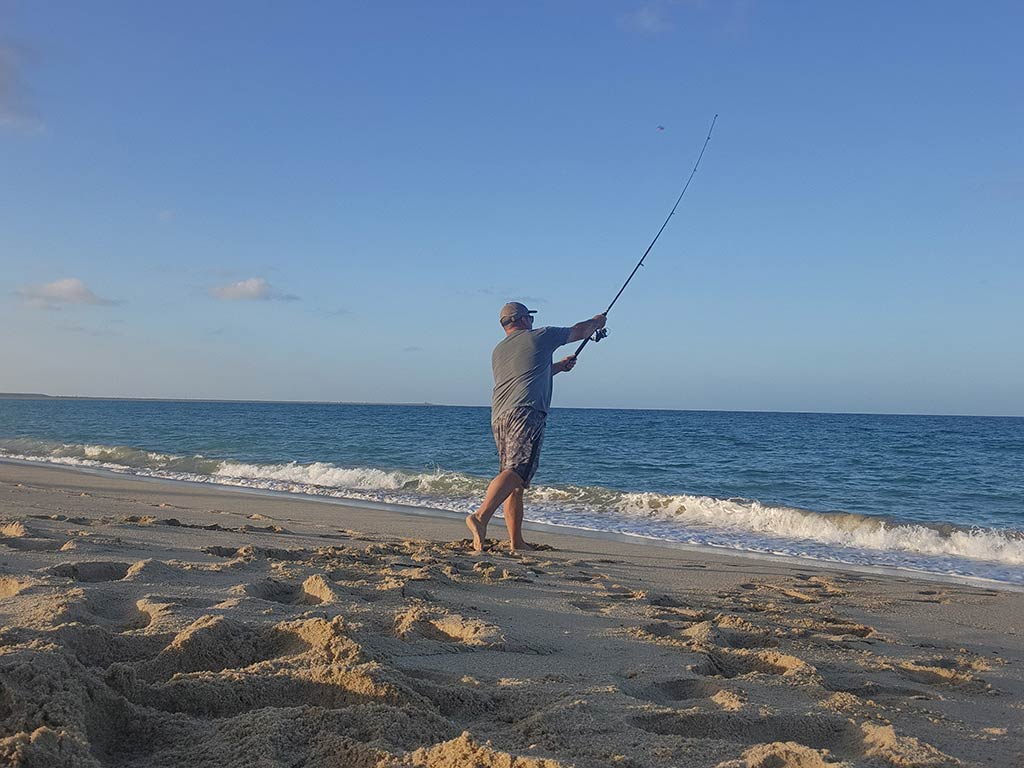
Photo courtesy of Zach LazzariBut for this article, I’ll focus on conventional gear and save fly fishing for another time. Conventional tackle uses weights to carry a near-weightless line through the air. This type of casting is active, fun, and a great way to catch just about any species of fish. Let’s learn the basics…
Basic Cast Fishing Styles
The exact method of casting is determined by your equipment. An ultralight rod with a spinning reel will function differently from a surf fishing outfit. Baitcasting reels are also unique and completely different to control. Luckily, the basic procedures for each are very simple.
The main idea for all casting is to control the line so it can release in a forward motion, being carried by the lure or weight. After the line has finished unwinding, you’ll need to engage the reel and regain tension on the line.
Here are the primary methods of casting and the equipment required to get the job done:
Baitcasting
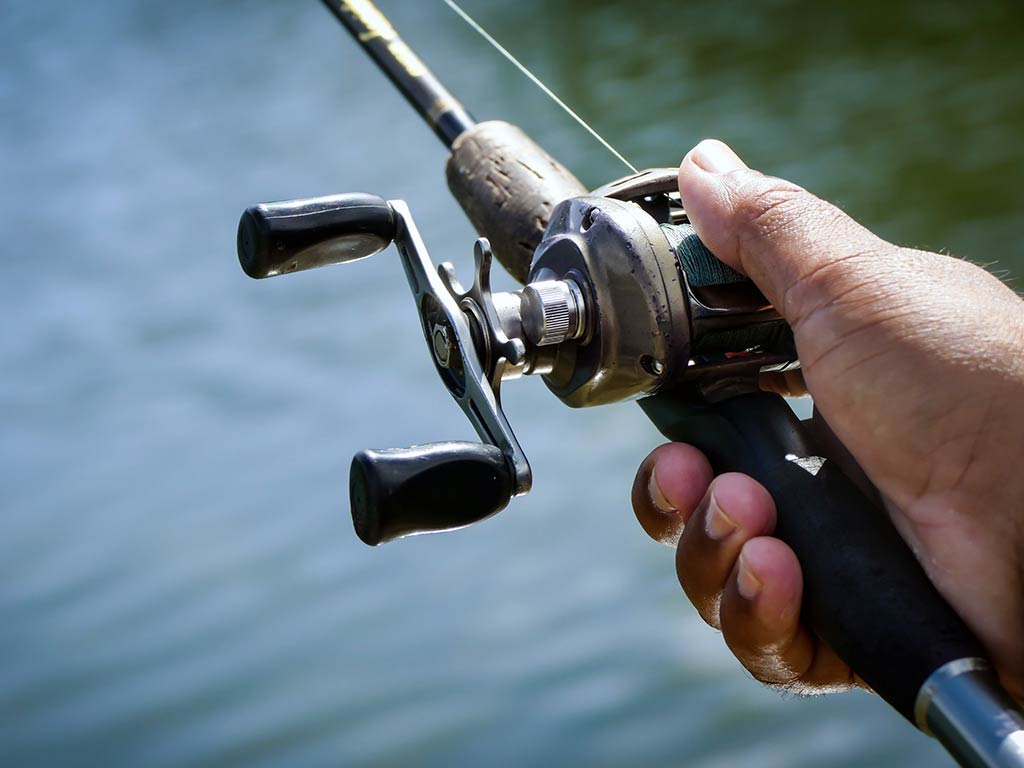
Casting with this setup is more nuanced and technical than with a spinning reel. It’s also more accurate. However, baitcasting requires practice to really perfect. It also has a variety of different casting strokes like the overhead, sidearm, or pitch.
Baitcasters are excellent for situations that require precision. When you can hit small targets, it makes you a better angler in places with overhanging branches, logs, and other obstacles. To cast this setup, first adjust the tension knob on your reel. It should have enough tension to drop the lure without freely spooling and uncoiling the line loosely.
To make your cast, hold the button while making a forward motion. Allow the lure to fly while continuing to hold the button. Use your thumb to lightly contact the spool if possible while the lure is flying. Release the button as the lure reaches the water to stop your cast.
Basic Spin Casting
With spin casting, the process is very simple but it still requires some practice and timing to get right. Flip the bail to an open position while holding the line against the grip. You can use a forefinger or two pointer fingers to secure the line. Make an overhead cast and release the line towards the end of your forward motion.
After the lure lands, flip the bail down and reel to regain tension. Many reels will engage and flip the bail automatically when you reel forward. You can make a sidearm cast using a spring reel too, but overhead is the most common casting style.
Surf Casting Techniques
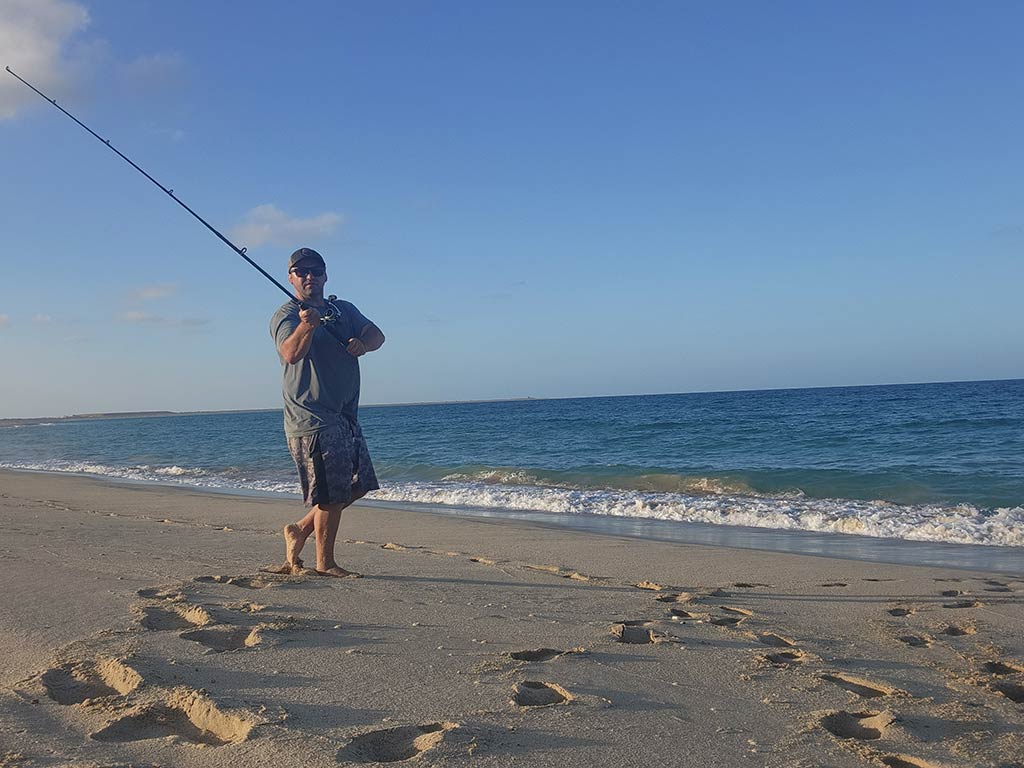
Photo courtesy of Zach LazzariSurf rods use a spinning reel and the casting process is the same. The big difference with a surf setup is the motion. You’re going for distance, so the rod is longer and features two grip points. During the cast, pull on the bottom hand while pushing the top hand to maximize leverage. Move quickly and even get a running start to really sling the weight forward.
With careful rigging and the right amount of weight to match your rod, surf casting can send some exceptionally far casts. It takes practice to perfect but skilled surf casters can fish big water with ease.
Fishing Applications for Casting
Now that you know how to make your cast, it’s time to understand the specific fishing situations where casting makes sense.
Blind Cast and Retrieve
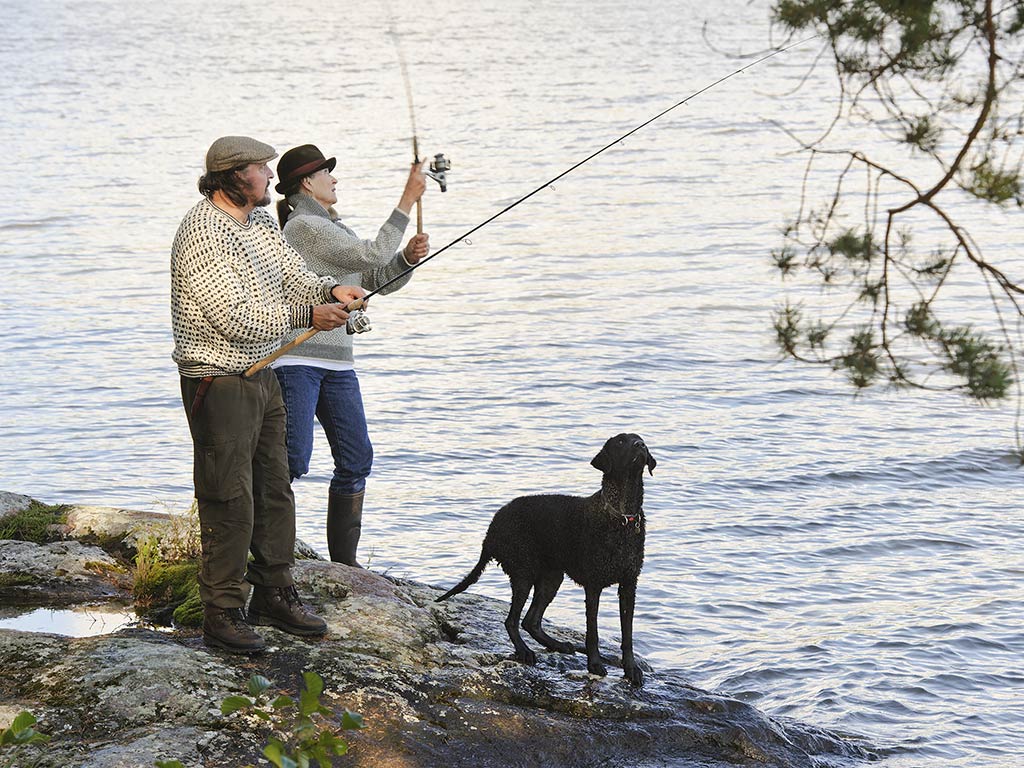
When there is no visible action, blind cast-and-retrieve techniques are ideal. You can cover lots of water and explore beneath the surface. Cast-and-retrieve techniques work with spinners, spoons, crankbaits, jigs, and any weighted lure that can carry the line.
You can also cast and retrieve with live or cut baits. Attaching them to jig heads is great because it will cast and swim in a natural motion. Rigging dropper loops and other weighted hook systems like a Carolina or Texas rig is also very effective.
Sight Casting
When the fish are visibly swimming and feeding, precision casting becomes important. Sight casting means you scan the water and cast when you spot the fish. This can be a lone cruising fish, a school of feeding fish, or even a food source that indicates your target species is present. Nervous bait fish is a clear sign something is present.
Cast and Wait
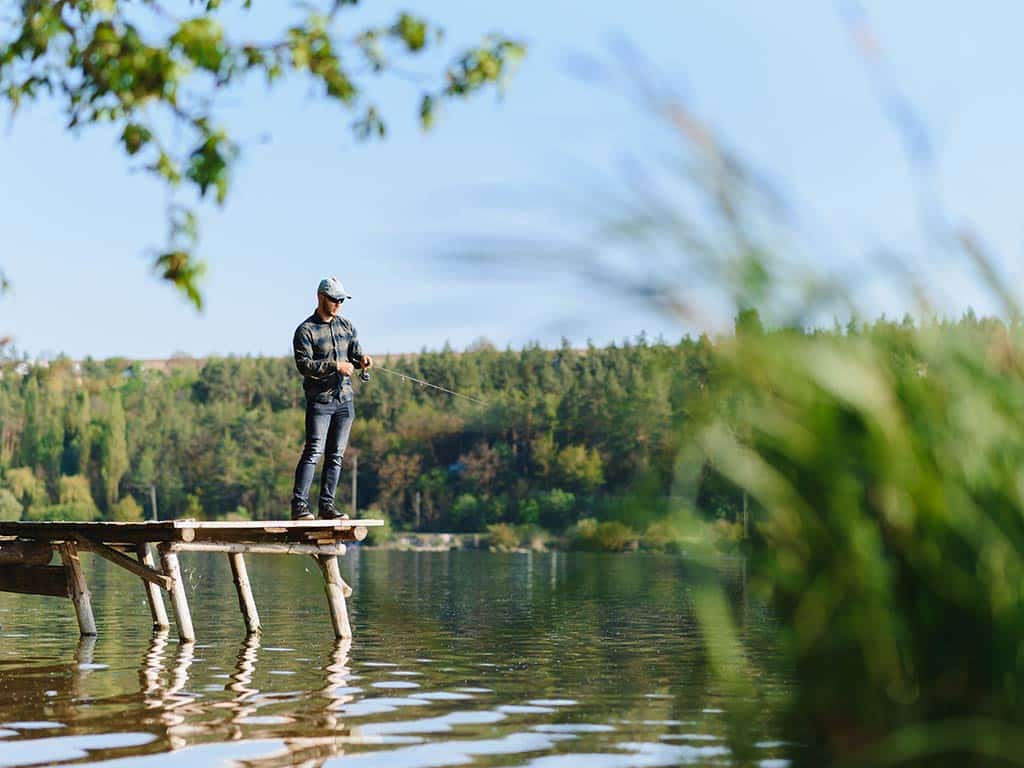
Casting doesn’t always require a retrieve. When using a sinker or bobber, you can cast and wait for something to bite. While not as active, putting your bait into a good zone and waiting is very effective and it requires very few casts to have a great day on the water.
How to Practice Casting
You can always practice casting on the water to hone your skills. Find an open water source that’s relatively deep and cast away. You’ll want to avoid obstacles and potential snags when practicing. Using a spoon or other lure works. Alternatively, just tie on a sinker as your weight source.
If you’re not near the water, casting on a grassy surface also works. For baitcasters specifically, casting into hoops or other targets on the ground is a great way to gain accuracy. Play with different distances and practice overhand and sidearm techniques to gain control of your cast in different situations.
Practice will make you more accurate, so you’ll ultimately lose fewer lures. Of course, fishing regularly also means you’ll quickly gain experience and become a proficient cast angler.
Where will you cast this season?
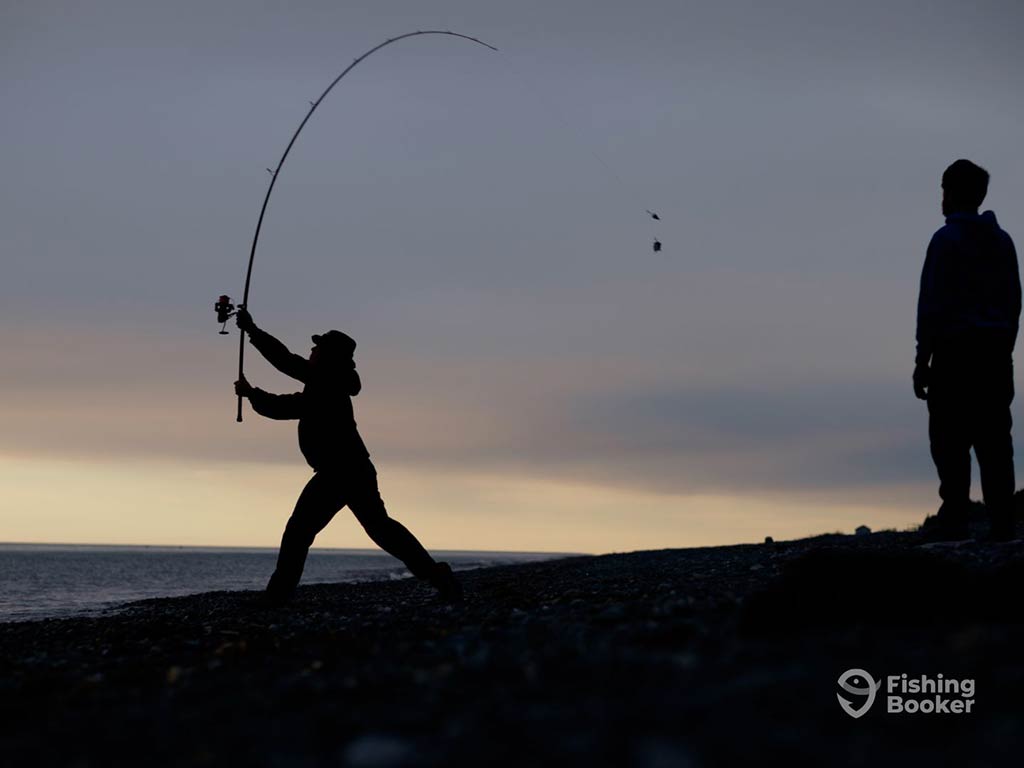
Photo courtesy of Halibut Beach FishingNow that you understand the basics of casting, it’s time to hit the water. Cast fishing will help you catch anything that swims. It’s a favorite technique for Trout, Salmon, Bass, and a large number of saltwater species. Aggressive fish that chase down prey are especially susceptible to cast-and-retrieve techniques, and the grab feels especially great as you have direct contact with the hook. Get out there and start practicing!
What are your favorite casting techniques? We’d love to hear about your experiences and tips for casting to catch more fish. Share your own tips in the comments below!
The post Cast Fishing: A Beginner’s Guide appeared first on FishingBooker Blog.
https://fishingbooker.com/blog/cast-fishing/
 CampingSurvivalistHuntingFishingExploringHikingPrivacy PolicyTerms And Conditions
CampingSurvivalistHuntingFishingExploringHikingPrivacy PolicyTerms And Conditions
